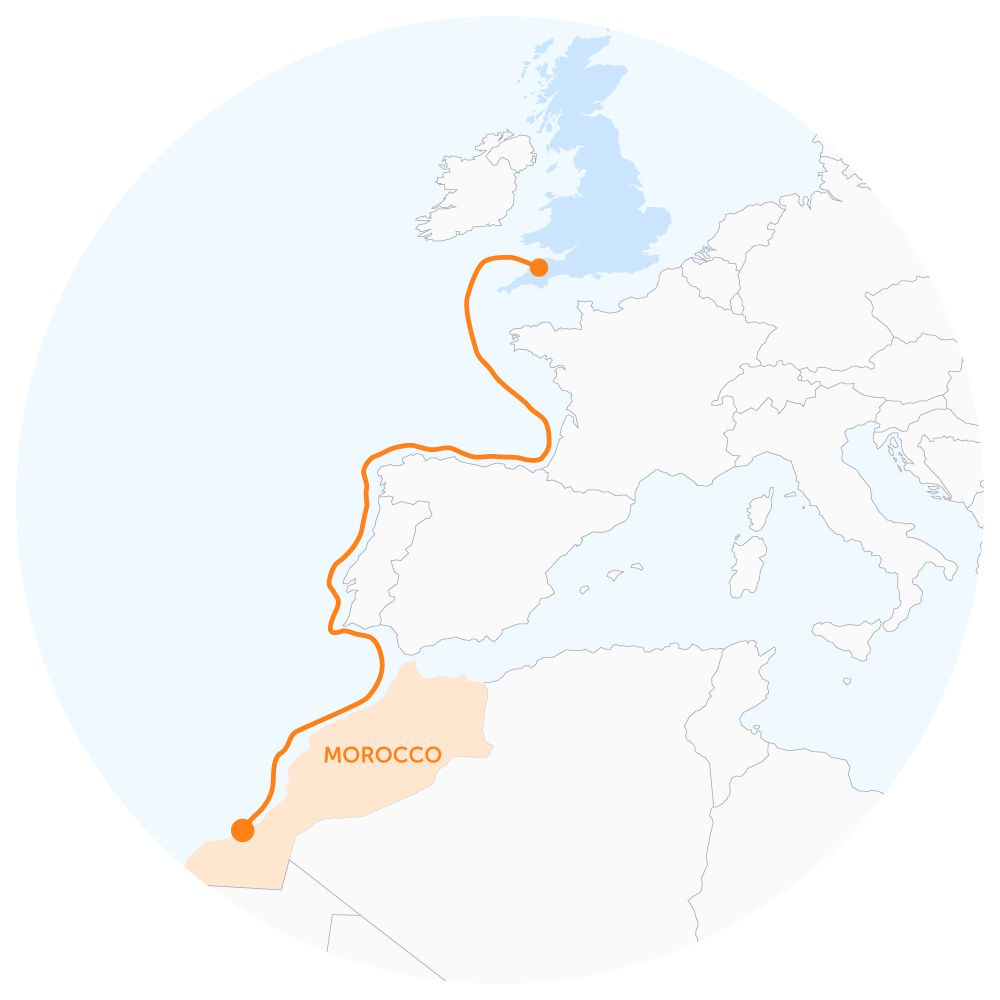Xlinks
When Simon Morrish first told me about his plan to build a cable from Morocco to the UK, I told him he was "bonkers".
Three things changed my mind:
1) I did the calculations on HVDC vs any other way of importing dispatchable renewable power, on a system basis, from a renewable superpower to a major economy. And I thought, hello, one day this has to happen;
2) I introduced Simon to Paddy Padmanathan, the person who did more than any other human to bring super-cheap #solar to the #MENA region and suddenly there he was, Vice-Chair of Xlinks. And I thought, hello, this its a real thing;
3) I observed for a few months how Simon and Paddy's early hires went about project management and communicating with stakeholders. And I thought, this is it, they really could pull it off.
And so I became an investor. And since then, everything I have seen makes me think I made a smart decision.
This is the scale on which we need to be acting on climate change. Sometimes we need to ask ourselves: What would Brunel do?
<<< UPDATE >>>
To all the people who think it would be a better idea for XLinks to deliver its power to Spain, and then move it north using existing (or upgraded) European transmission links: you're thinking about it the wrong way.
the problem Xlinks solves is NOT how to get Moroccan renewables to market. It is how to deliver DISPATCHABLE clean power TO THE UK. Once you reframe the problem like this, it becomes obvious why you need the sub-sea cable:
1. It's cheaper, quicker and easier to lay cables offshore than on land, across two foreign countries, scores of municipalities, mountains, etc;
2. The project only makes sense because the UK is prepared to pay a PREMIUM for DISPATCHABLE clean power. Allow other countries to buy it or block it, and you reduce the value of the power to the point the project makes no sense.
Link XLinks to the Spanish grid and all you would have is Morocco trying to sell power to southern Europe at exactly the times when both regions have an excess of renewables. The only mechanism driving power north would be low/zero/negative power prices in southern Europe, which would not provide sufficient incentive to drive investment in either renewable capacity or transmission infrastructure.
In short: XLinks opens up an easily-accessible, high-value market for Moroccan power exports instead of a congested, low-value market.
We good now?



